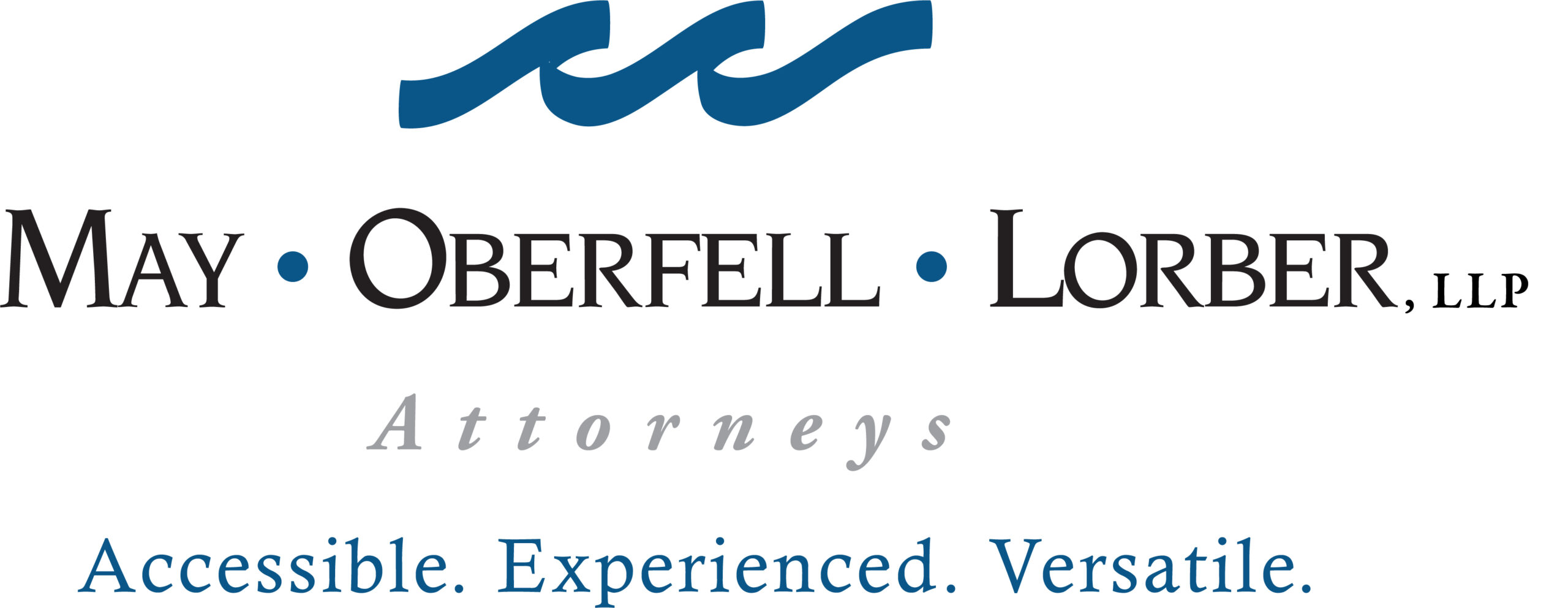Where Worker’s Compensation Intersects with OHSA Guidance on COVID-19
The OSHA May 19, 2020 memo entitled Revised Enforcement Guidance for Recording Cases of Coronavirus Disease 2019 (COVID-19), and contained in the link, https://www.osha.gov/memos/2020-05-19/revised-enforcement-guidance-recording-cases-coronavirus-disease-2019-covid-19 , deals primarily with what constitutes a reportable COVID-19 finding to OSHA. The fact that an employee may have acquired COVID-19 at work (i.e., the COVID-19 is work-related) is just one of the three prerequisites found in the second paragraph.
After reading the OSHA memo in the above link, it reinforces my belief that if there is more of a widespread outbreak at your place of business, you have more to be concerned about.
However, after reading this memo, there may be some instances where single persons acquiring COVID-19 without a widespread outbreak could be determined to have acquired the COVID-19 at work. An employee could be determined to have work-related COVID-19, for example, if it is contracted shortly after lengthy, close exposure to a particular customer or coworker who has a confirmed case of COVID-19 and there is no alternative explanation, or, if the employee’s job duties include having frequent, close exposure to the general public in a locality with ongoing community transmission and there is no alternative explanation.
Whoever is investigating whether a worker contracted COVID-19 at work needs to ask the right questions. Here is a non-exhaustive list of questions:
1) Was the employee exposed to anyone who has COVID-19?;
2) If so, who, where and when?;
3) Does anyone in the employee’s immediate family have COVID-19?;
4) Has the employee been around any other family members or friends who have COVID-19?;
5) What has the employee done in the past 2 weeks?; and/or
6) Where has the employee traveled in the past 2 weeks?
The investigator then also needs to investigate the employee’s work environment to determine if anything or anyone the employee came into contact with at work has had COVID-19 exposure.
Obviously, this is a very fact sensitive situation. For example, an employee may come to work with COVID-19 that the employee contracted from a family member. That employee’s acquisition of COVID-19 would not be deemed to be work-related. But then if that particular employee infects a second employee with COVID-19 while at work, then the second employee’s acquisition of COVID-19 at work could be deemed work-related, while the first employee’s COVID-19 would not be deemed to be work-related. Thus, a widespread outbreak is not necessary to prove that an employee may have acquired COVID-19 at work.
So the takeaway from this is that you must in good faith investigate the genesis of an employee’s contraction of COVID-19 based on the parameters set forth by OSHA, report it if the investigation reveals that it fits the criteria in the OSHA memo in the link above, and take appropriate actions to protect other employees from the possible contraction of COVID-19. Stay safe!
This article is for information purposes only and is not intended to constitute legal advice.
